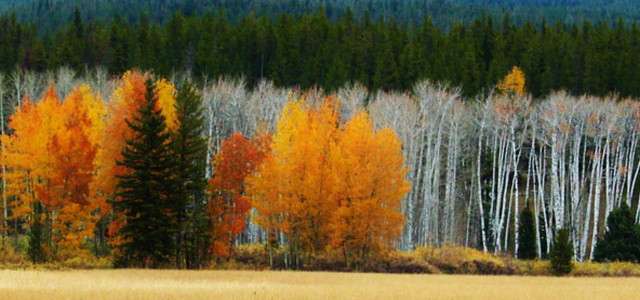Facts about trees are surprisingly similar to facts about humans. They are very much alive and a vital link in the chain of our survival. Find out more by reading on.
Facts about trees are varied, interesting and evolving every day as science continues to get to know some of the planet’s oldest inhabitants. As biologically living things, trees share many of the same characteristics as humans. They grow, develop, communicate, reproduce, metabolize, and are constantly interacting with the environment.
If you want to investigate the true magic of the forest, check out our guide to the 10 best books about trees. In the meantime, let’s investigate some engaging facts about trees.
Trees Can Talk

(Foto: CC0 / Pixabay / andersfloor)
One of the most interesting facts about trees is that they communicate with each other and their environment through a complex, underground network. Biodiversity is as important to trees as it is to us, and this communication grid is comprised of fungi. It is known as a mycorrhizal network. The mutually beneficial relationship they share allows trees to interact with each other. The fungal, underground lattice helps trees to receive and send chemical, hormonal and even slow electrical signals.
Fungus grows from a root-like structure called mycelium, which is a network of very fine filaments called hyphae. Mycelium grows on tree roots — absorbing sugars from the tree — and returns minerals to the tree in a harmonious, symbiotic way.
Mycelium can grow in soil or above ground. It gives birth to mushrooms and other common fungi, and is gaining more and more interest for its sustainable superpowers. Thanks to the enzymatic action of mycelium, plastic-eating mushrooms are an example of how fungi might actually be a solution to our ongoing plastic disaster. Some species are showing promising abilities to degrade plastic and other toxins naturally.
Mycelium can stretch across vast areas. The world’s largest organism is actually a mycelial network in Oregon’s Blue Mountains that spans nearly four square miles and could be 8,650 years old! Trees who share a fungal mycorrhizal network can send signals to each other if distressed, can collaborate with each other and send warnings if they detect danger.
Mother Trees Are In Charge



(Foto: CC0 / Pixabay / jplenio)
Another interesting fact about trees is that a ‘Mother Tree‘ controls operations and information sending among groups sharing the network. The largest tree in a forest acts as a matriarch — directing the mycorrhizal network and the flow of information and other substances to and from other trees. This system shows evidence of intelligence we do not yet fully understand when it comes to trees, but there appears to be a maternal headquarters.
Mother trees also appear to nurture baby trees and seedlings via the network. According to ecologist and Forestry Professor Suzanne Simard, the mother tree can infect young trees with fungi to establish a channel for sending nutrients to help them grow and develop. This research is only in its infancy and will likely yield many more interesting facts about trees in the future.
Trees Foster Biodiversity & Community Spirit
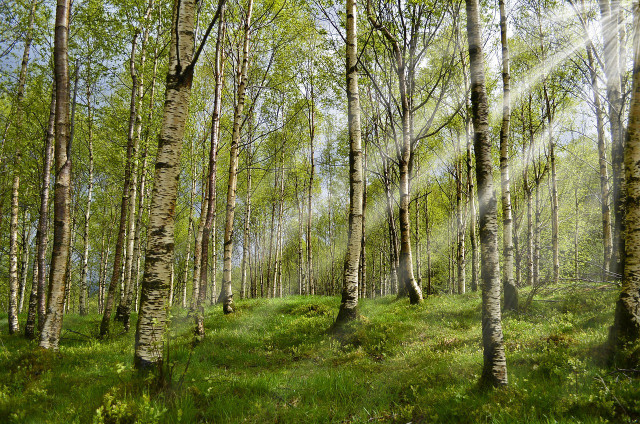


(Foto: CC0 / Pixabay / smellypumpy)
The mother tree isn’t the only generous one in the forest. It looks as though trees work together for the greater good in ways we humans could only aspire to. Different species of trees appear to collaborate and communicate, to promote a biodiverse ecosystem around them. They share with and support each other, and they each carry out different roles depending on their positions and abilities — a little bit like a production line.
Speaking to Scientific America last year, Simard explained that trees that receive lots of sunlight and can use it to make food, share this food with nitrogen-fixing bacteria in the soil and other species of trees. Deep-rooted trees extract water from underground and share it with nitrogen-fixing plants that need extra hydration to carry out their work.
Trees even share with other species during different seasons. During her research, Simard found that birch trees give sugars to fir trees in the summer and that firs returned the favor by sending food to birches in the spring and fall — when the they lack leaves to absorb sunlight for energy. Trees share their nutrients and information via their mycorrhizal networks.
It's a Family Affair



(Foto: CC0 / Pixabay / pixel2013)
Trees seem to recognise their own species by identifying similar chemicals and microbials in a process called kin recognition. They share nutrients with each other and prioritize their own species over others when it comes to support and sharing. Carbon tracing experiments have found that trees of the same family shared more carbon than than they did with trees of different families. Some families can even use chemicals to inhibit the growth of other plants that compete for light and nutrients.
Trees Hold Secrets of the Past
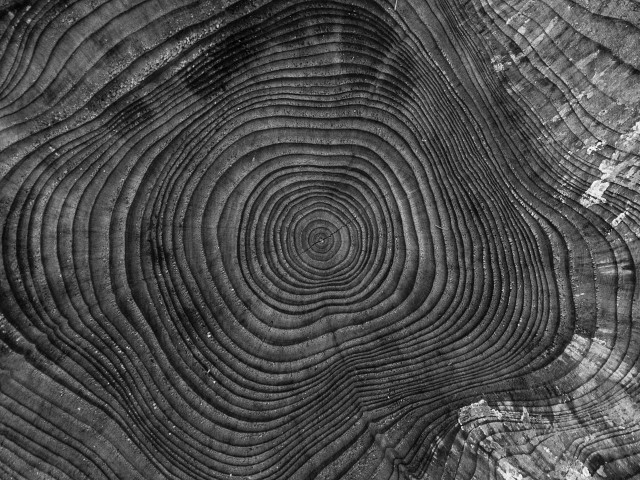


(Foto: CC0 / Pixabay / dife88)
An amazing fact about trees is that they store facts themselves! Wood is produced by tree cells that die to provide important functions — like support, strength, storage and water transport. This process is called lignification and it preserves genetic information (DNA) of the cell in an unaltered state. Most trees produce their wood at a rate of one growth-ring each year — creating tree rings and a mirror to the past. Dendrochronology is the science of calculating a tree’s age by its rings.
Trees rings hold more than facts about trees and their age. They also hold memories of the past and are used to study historical climate shifts, weather changes, environmental conditions, temperature trends, volcanic activity and more. Tree rings also hold memories of other plants that grew in the area and records can stretch back thousands of years. Knowing the basics of tree bark identification can teach us a lot about our environment too. Check out our beginners guide to begin your investigations.
The Great Basin Bristlecone Pine is the oldest living species and can reach an age of over 5,000 years old. California, Utah and Nevada are host to these magnificent mirrors to the past. If you are curious about what trees you are surrounded in and how long they might live, check out some free tree identification apps and get started.
Trees Breathe
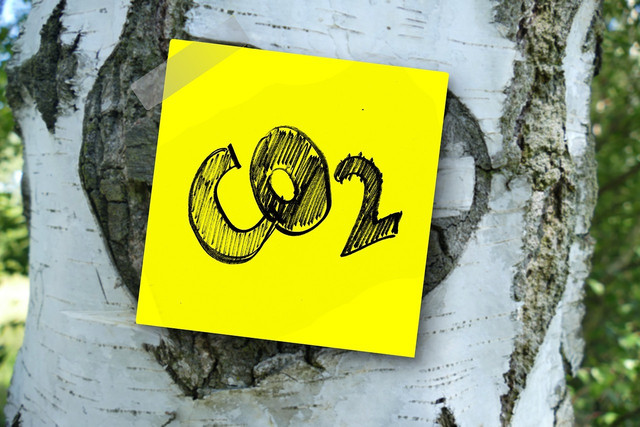


(Foto: CC0 / Pixabay / geralt)
Our favorite fact about trees is that they breathe in our most toxic waste product — carbon dioxide. They may not have lungs and muscles that can draw in air, but that doesn’t mean they don’t take in gases from the atmosphere like we do. Humans and trees live in a symbiotic relationship when it comes to breathing, chemistry and gases — which is why trees are so vital to our survival.
We inhale air in order to bring oxygen into our bodies, and exhale to release carbon dioxide — which can quickly become toxic if allowed to build up in the blood. Conveniently for us, trees take in carbon dioxide, primarily through tiny pores in their leaves called stomata, and release oxygen back into the atmosphere for us to breathe.
It is this process that makes tress and plants the primary solution to our current carbon emissions crisis. According to the Arbor Day Foundation — which has planted and distributed nearly 500 million trees in more than 50 countries around the world:
- In Los Angeles, trees remove nearly 2,000 tons of air pollution each year.
- In Chicago, trees remove more than 18,000 tons of air pollution each year.
- In Greater Kansas City, trees remove 26,000 tons of air pollution each year.
- Roadside trees reduce nearby indoor air pollution by more than 50%.
- One large tree can provide a day’s supply of oxygen for up to four people.
- More than 20% of the world’s oxygen is produced in the Amazon Rainforest
Trees Make Their Own Food
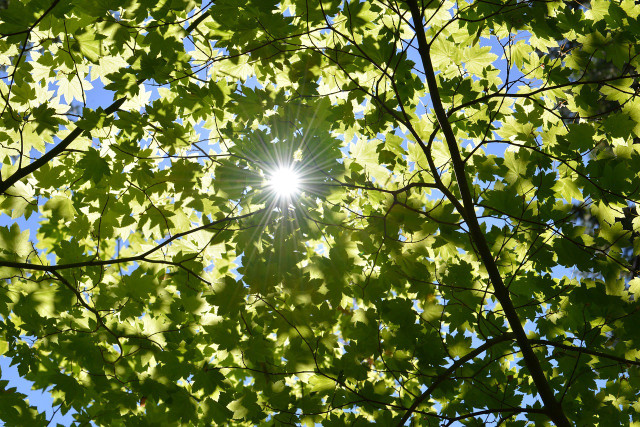


(Foto: CC0 / Pixabay / dmarr515)
Trees recycle our carbon dioxide because they need it to carry out a vital process called photosynthesis. They may not have digestive systems like we do, but because of photosynthesis, they can actually absorb light from the sun and transform it into sugar — called glucose — in the presence of carbon dioxide. The more light and carbon dioxide they receive, the more glucose they can make.
Light is absorbed by the pigment that makes plants and trees green — called chlorophyll. It is usually found in the leaves of trees. Another fun fact about trees is that their leaves are green because chlorophyll can absorb all the colors of the light spectrum except green and reflects it instead. That’s why plants and trees appear green to us humans!
Trees Have a Pulse
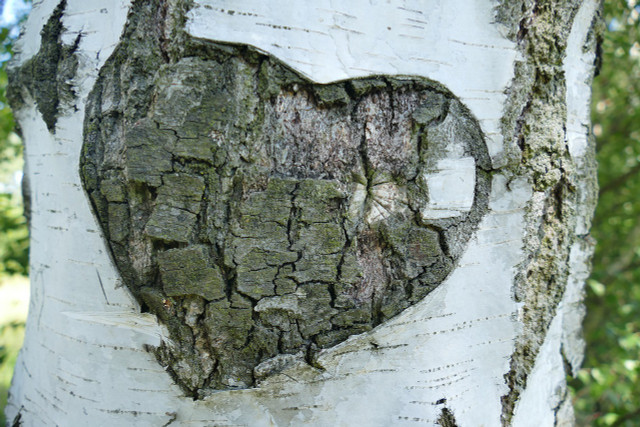


(Foto: CC0 / Pixabay / Wildschuetz)
Trees may not have a heartbeat, but ever wondered how water defies gravity to travel from the roots in the ground to the tallest branches of a tree? Just like humans. trees have a series of vessels — called xylem and phloem — that carry water and food respectively. Water in xylem must travel for long distances from the roots and it does so thanks to tension in the capillaries that transports the water upwards.
Water by nature is cohesive, therefore the combination of tension in the vessels and cohesion of water molecules causes the water to be essentially pulled up through the plant and excess released into the atmosphere through the leaves in a process called transpiration. Water is also transferred into the phloem vessels to help transport food — creating a pulse-like movement through vessels that communicate with each other.
Trees Respond to Trauma



(Foto: CC0 / Pixabay / HansLinde)
They may not have brains and nervous systems like we do, but an interesting fact about trees is that they can still respond. They move towards the light in a process called phototropism and their roots can sense the downwards pull to the underground in a process call geotropism. Trees are sensory!
If a pine tree wounded, it sends sap — which is rich in antiseptic and anti-inflammatory molecules — to the injured area. Some trees even go a step further and release chemicals — called pheromones — into the breeze in response to trauma to warn other trees who detect the signal nearby. Many species can mount chemical defense mechanisms to defend themselves from being eaten by predators with enough warning. Unfortunately, trees have not developed protective mechanisms from human-inflicted trauma yet.
We now have many species of at risk and endangered tree species because of our past deforestation and land cultivation practices. There is, however, solutions to deforestation and things you can do. Coppicing — a traditional woodland management technique — is gaining popularity .This practice allows trees to be cut at the base to allow new shoots to grow.
Trees Are the Heart of the Planet



(Foto: CC0 / Pixabay / Valiphotos)
What is a forest? It is clearly a biologically alive, dynamic and ever-changing ecosystem that relies on biodiversity. It also respects it and protects it at all costs. Science is showing that being around trees promotes positive health benefits for humans and their environmental benefits are endless and include:
- Carbon control and climate mitigation.
- Lowering air temperature by evaporating water in their leaves.
- Provide shelter, FOOD and habitats for a range o species.
- Act as sound barriers or noise pollution.
- Tree roots stabilize the soil and prevent erosion.
- Improve water quality by slowing and filtering rain water.
- Protection from the elements.
- Reduce storm run-off and the possibility of flooding.
- Provide shadow and shade.
There are so many facts about trees we have yet to discover. It is already clear though, how important trees are to our existence and future. Forest conservation and tree planting must the at the core of our future planning, for a stable climate and a diverse, symbiotic and healthy ecosystem called planet earth.
Read more:
- Environmental Organizations: 8 NGOs and Non-Profits Worth Supporting
- Real vs Fake Christmas Tree: Which One is More Sustainable?
- Fall Scenery: Where to Find the Best Autumn Colors in 2022
Do you like this post?






